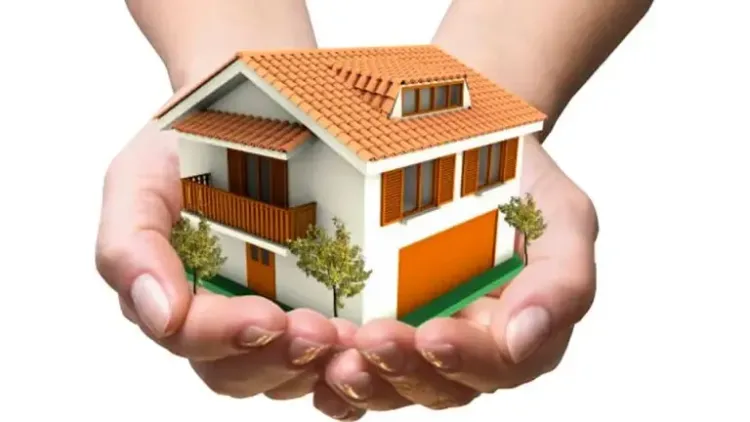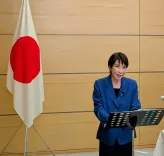Government Initiatives Boosting India's Housing Sector, Credit Growth at 14%: NHB Analysis

Synopsis
Key Takeaways
- Housing sector growth fueled by government initiatives.
- Outstanding individual housing loans reached Rs 33.53 lakh crore.
- Credit growth stands at 14 percent year-on-year.
- Regional disparities and climate risks pose challenges.
- Technological advancements facilitate sector growth.
New Delhi. March 12 (NationPress) The prospects for India’s housing sector appear bright, fueled by budget announcements regarding PMAY 2.0, urbanization, transit-oriented development, and digitization, as stated in the National Housing Bank report titled "Trends and Progress of Housing in India 2024" released on Wednesday.
The report indicates that the housing sector is experiencing growth due to government initiatives, stable interest rates, and the integration of technology.
As of September 30, 2024, the outstanding individual housing loans reached Rs 33.53 lakh crore, reflecting a growth rate of 14 percent compared to the same period last year.
According to the report, as of September 30, 2024, the economically weaker sector and low-income group (EWS & LIG) constituted 39 percent, the middle-income group (MIG) comprised 44 percent, and the high-income group (HIG) made up 17 percent of the outstanding individual housing loans.
During the six months ending September 30, 2024, individual housing loan disbursements totaled Rs 4.10 lakh crore, while the disbursements for the year ending March 31, 2024, were Rs 9.07 lakh crore, as reported.
For the quarter ending September 2024, the Housing Price Index (NHB-RESIDEX) registered a year-on-year growth of 6.8 percent, up from 4.9 percent the previous year.
While global economic conditions and declining inflation present a favorable outlook, the housing sector continues to play a crucial role in driving both investments and societal needs across various regions, the report notes.
The report emphasizes how significant government initiatives such as the Pradhan Mantri Awas Yojana-Grameen (PMAY-G), the Pradhan Mantri Awas Yojana-Urban (PMAY-U), the impact assessment of PMAY-U, the Urban Infrastructure Development Fund (UIDF), and the Affordable Rental Housing Complexes (ARHC) scheme have all contributed to the growth of the housing sector in India.
It also outlines regional disparities in credit flow and susceptibility to climate-related risks as major challenges that the sector must address. Furthermore, technological advancements in construction and the digitization of land records are identified as factors that can unlock growth opportunities.
The NHB is a statutory entity under the government that broadly covers the housing landscape, house price trends, flagship programs for the housing sector, the role of primary lending institutions in housing finance, the performance of housing finance companies (HFCs), and future prospects for the sector.
In 2015, the Ministry of Housing and Urban Affairs launched three groundbreaking initiatives: the Atal Mission for Rejuvenation and Urban Transformation (AMRUT), the Smart Cities Mission (SCM), and the PMAY-U. Launched on June 25, 2015, by Prime Minister Narendra Modi, these initiatives have collectively revolutionized urban infrastructure and enhanced the living standards of millions across India.
HFCs have been instrumental in providing housing loans to a wide array of income segments in India. Housing loans as a percentage of GDP rose from 3.20 percent in 2001-02 to 6.60 percent in 2011-12, and further to 11.29 percent in FY 2023-24.
The proportion of outstanding housing loans relative to the total loans outstanding for scheduled commercial banks increased to 16.57 percent in March 2024, up from 9.41 percent in March 2010. The report indicates that HFCs have a robust presence in both northern and southern India.









